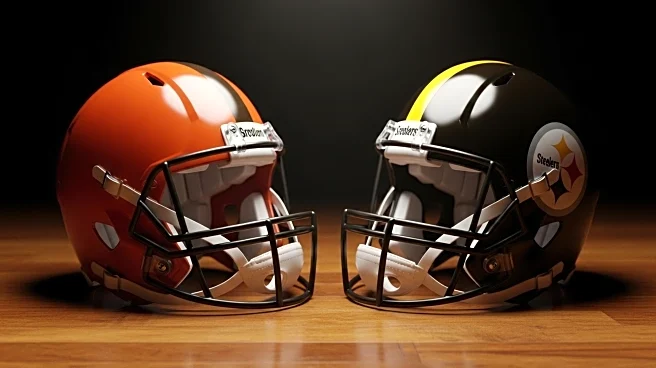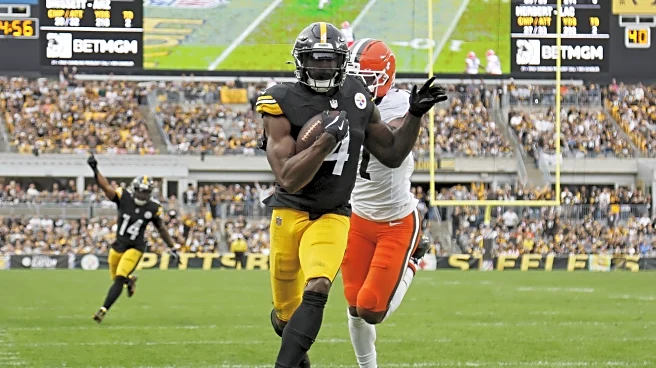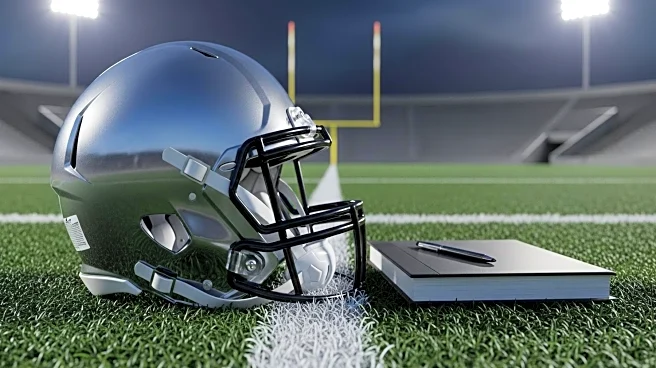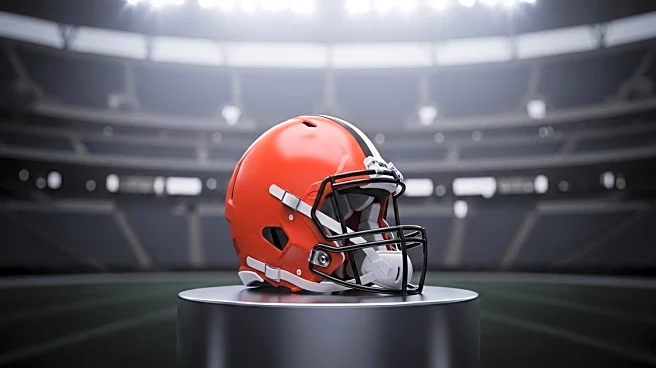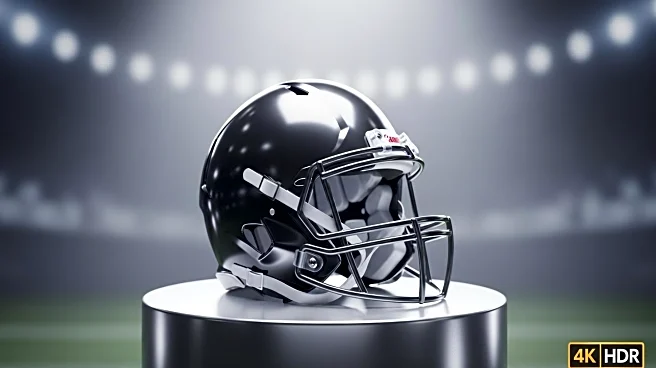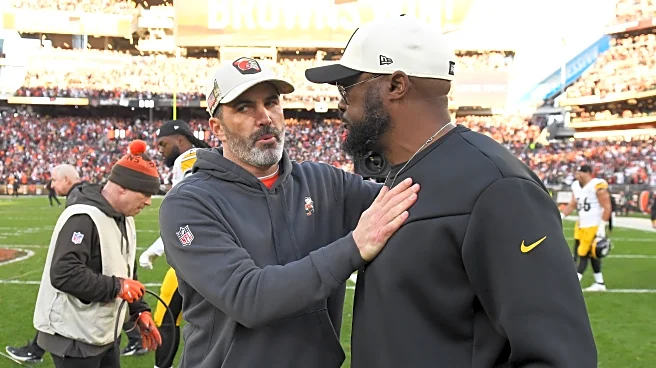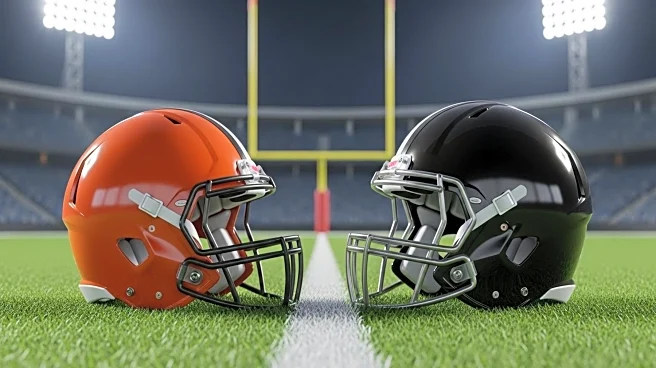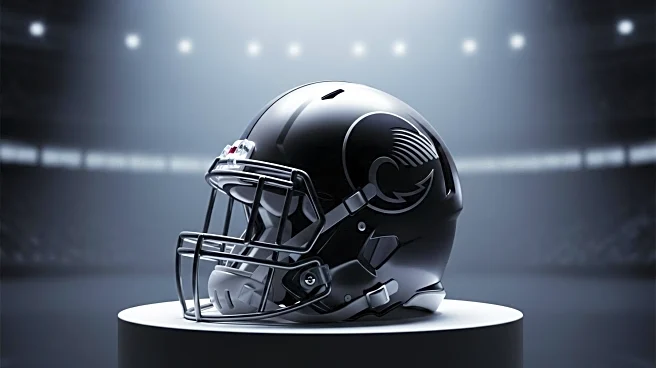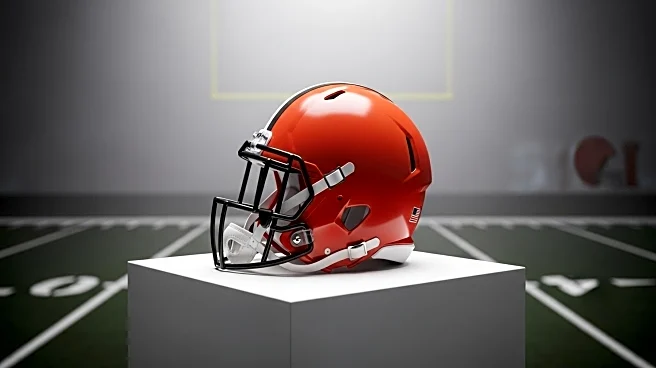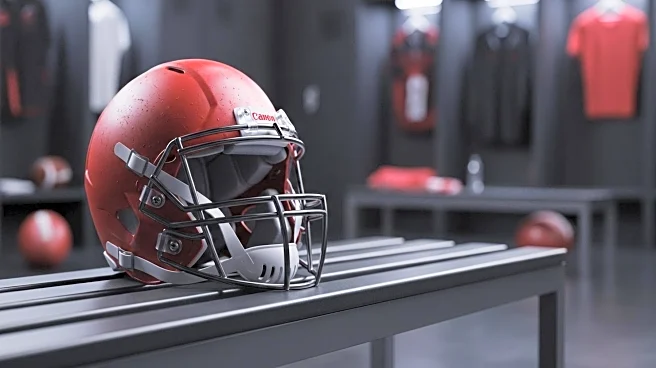What's Happening?
The Cleveland Browns faced a challenging game against the Pittsburgh Steelers, resulting in a 23-9 loss. The Browns' defense, ranked second in the league, was unable to compensate for the offensive line's deficiencies, which led to quarterback Dillon Gabriel being sacked six times. The offensive line's inability to protect Gabriel and open up running lanes contributed to the team's struggles. Despite some bright spots, such as WR Jerry Jeudy and K Andre Szmyt, the Browns' offensive line and running game were unable to perform effectively, leading to their third consecutive division loss.
Why It's Important?
The Browns' ongoing struggles highlight the critical role of the offensive line in a team's success. The inability to protect the quarterback and establish a running game limits the team's offensive capabilities and affects their competitiveness in the league. The loss to the Steelers further emphasizes the need for strategic changes and personnel adjustments to improve the team's performance. As the Browns continue to face challenges, the focus will likely be on rebuilding the offensive line and enhancing overall team dynamics to avoid further setbacks.
What's Next?
The Browns will need to address their offensive line issues as they prepare for upcoming games. Potential changes in personnel and strategies may be considered to improve protection for the quarterback and establish a more effective running game. The team will also focus on the 2026 NFL draft to acquire new talent and strengthen their roster. As the season progresses, the Browns will aim to turn their performance around and avoid accumulating more losses.
Beyond the Headlines
The Browns' situation underscores the importance of a cohesive and effective offensive line in the NFL. The team's struggles may lead to broader discussions about the role of coaching and management in addressing team weaknesses and fostering player development. Additionally, the challenges faced by the Browns highlight the competitive nature of the league and the need for continuous adaptation and improvement.
